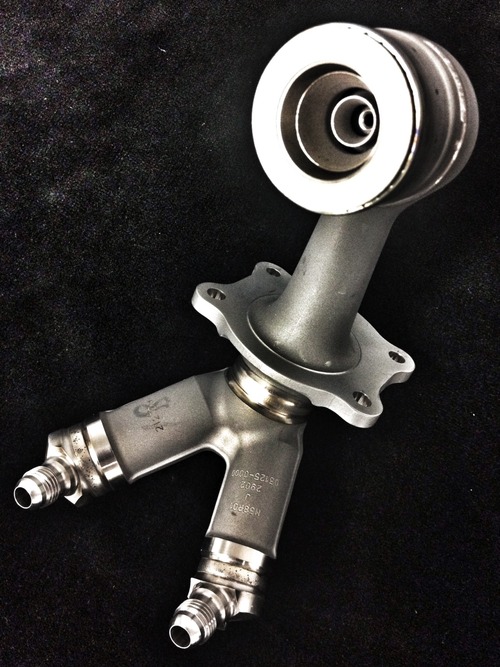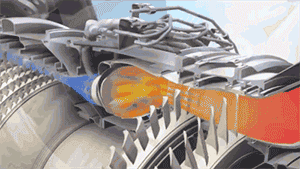GE’s new LEAP and GE9x jet engines are among the most ambitious programs in the company’s history. New 3D printed fuel nozzles and a new composite turbine will give the engines stronger thrust, reduce fuel consumption and ensure higher durability. This is made possible by the use of laser melting 3D printing technology for mass production.
For all its activities, ranging from energy production to advanced manufacturing, GE has never made a secret of its deep interest for the possibilities opened by 3D printing, setting up AM plants all over the world and contests to explore its possibilities. Now this expertise is beginning to bear fruits as GE is setting up the very first plant capable of mass producing components by direct metal laser melting.

GE invested over $1 billion in R&D on research of the 3D printed nozzles. Each engine will have 20 of them, along with fan blades made from fourth-generation carbon fiber composite and a hot section that includes parts made up of highly advanced ceramic matrix composites (CMC). 3D printing allowed the engineers to make the nozzles as a single piece, thus highly reducing the time necessary to assemble them from separate components, while also cutting costs, reducing material use and making them five times more durable than traditional nozzles.

To achieve this result, GE’s technicians made extensive use of 3D printing in the prototyping phase as well, ensuring any simulation of the new composite fan blades that would yield fuel consumption savings below 10% could be rapidly modified and the process repeated. The use of new materials and 3D printing technologies also allowed GE to drastically reduce the weight of the engine.
This video show exactly what GE’s has in mind for 3D printing:



